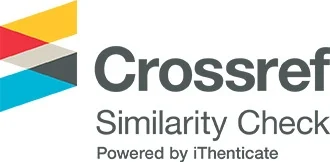Determination of Attenuation Properties for gamma rays of some Commercial Materials used Radiation Shielding
DOI:
https://doi.org/10.65137/jhas.v7i13.263Keywords:
nuclear properties, attenuation coefficient, mean free path, collision density, Gamma raysAbstract
In this study, some nuclear characteristics of some commercial material alloys were identified. (Al, Fe, Cu, Pb), aluminum, iron, copper and lead used as nuclear shields in radiation protection. It was obtained from the Libyan market through the recycling and smelting of metal waste in a furnace and pouring it into cylindrical forms. The samples were then irradiated by various sources of gamma ray energies for two hours, where the rays had short wavelengths, high energy, high density and gamma rays interacting with the material in several ways. Only three interactions should be taken into account when considering nuclear radiation issues. These interactions are photoelectric effects, pair production and Compton effect. The study covered some nuclear characteristics, such as total linear attenuation coefficient(µ), half value thickness (X1/2), total mass attenuation coefficient(µ/ρ), total cross section (σt), mean free path (λ) and the total collision density (F) at different energies for γ-ray energies of ( 0.511 , 0.662, 1.17 , 1.274, 1.33) MeV. Three radioactive sources were used in this study. They are Cobalt Isotope Co 60 with 1.17 and 1.33 MeV and Sodium Isotope 22 Na with 0.511 and 1.274 MeV plus Cesium Isotope C137 with 0.662 MeV. It was found that commercial lead has optimum nuclear properties compared to commercial alloys (copper, iron and aluminum) as we know, but because the melting point of lead is low, the rest of the alloys have been studied because their melting point is higher, so they can also be used as radiation protection shields in the walls of rooms and surfaces that may be exposed For high temperatures, compared to lead, it was found that copper is better than iron and aluminum in terms of nuclear properties






